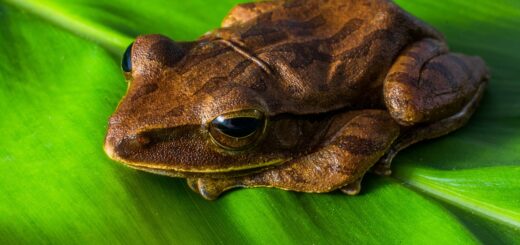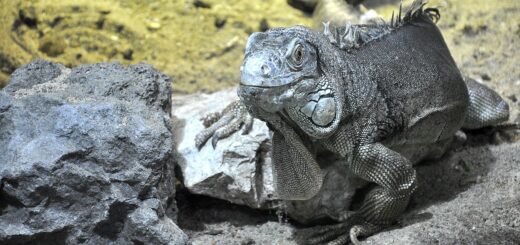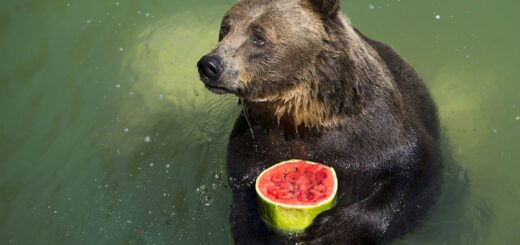The Care and Management of Chimpanzees in Captive Environments
Citation
Fulk, R., M. Loomis and C. Garland (1992) Nutrition of captive chimpanzees. In: The care and management of chimpanzees in captive environments. Chimpanzee Species Survival Plan – Husbandry Manual. Fulk, R. and C. Garland, Eds. American Association of Zoos and Aquariums
Abstract
Chimpanzee diets in captivity have changed dramatically over the course of the last 90+ years. The lack of adequate foods to meet the nutritional needs of the species was a major contributing factor to chimpanzee mortality in the early years of zoo management. The development of what was thought to be a nutritionally complete primate diet, or monkey chow, has enhanced the health and longevity of zoo chimpanzees.
The specific nutritional requirements for chimpanzees are still not completely understood. Most diets analyses are based on human recommended daily allowances (RDA). As with humans, the nutritional requirements of chimpanzess change with age and various physiological states. For an approximation of chimpanzee nutritional requirements, consult human RDA tables
Diets serve two functions in captive environments. First and foremost, diets, when properly designed, meet the nutritional requirements of the species. They also, when properly designed, can be a valuable source of environmental enrichment for chimpanzees and educational facilitators for the public. As was indicated previously, the majority of a wild chimpanzee’s day is spent foraging for food. The foraging techniques performed by wild chimpanzees can be considered to be definitive species-typical behaviors. The aim of an SSP is to ensure behaviorally representative as well as genetically representative populations in zoological institutions.
 Chimpanzee Nutrition.pdf 133 KB
Chimpanzee Nutrition.pdf 133 KB








